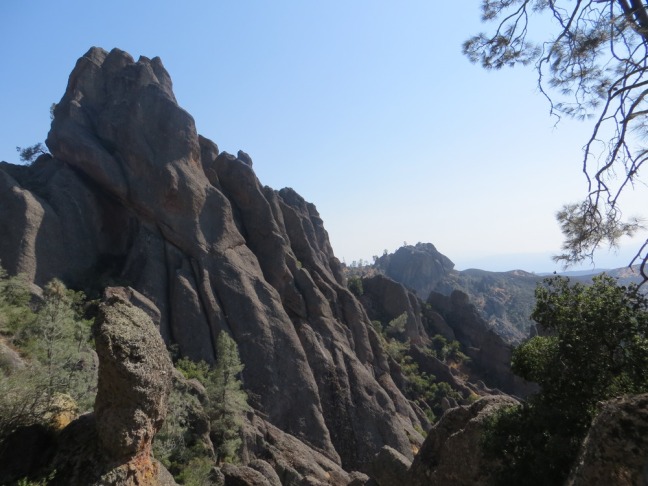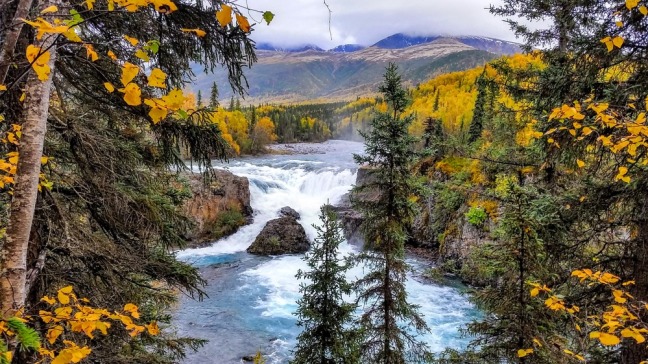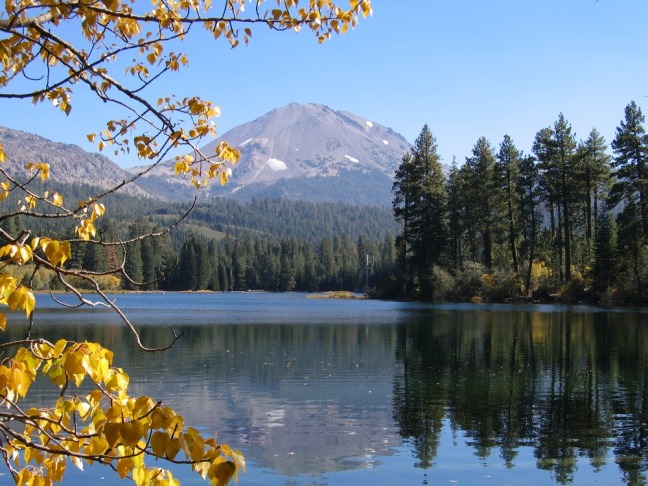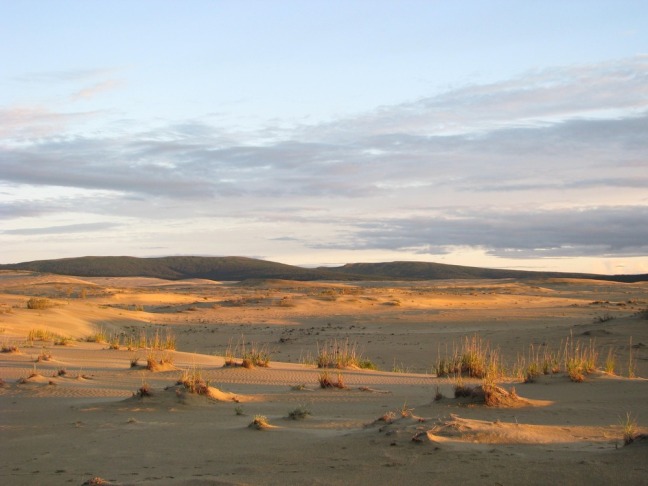![WHSA_dunefield[1]](https://jcarpsc5.wordpress.com/wp-content/uploads/2020/04/whsa_dunefield1.jpg?w=648)
White Sands Dunefield, White Sands National Park, photo courtesy National Park Service
Overview
I have not yet visited the White Sands National Park, located in southern New Mexico. I grew up in neighboring Texas, and did two years of geological field work in northern New Mexico for my doctoral degree. I knew there was a White Sands National Monument in south Central New Mexico, established in 1933, and I also knew that White Sands Missile Range, site of the first atomic detonation in 1945, was located 65 miles north of the White Sands National Monument. I only recently discovered that the National Monument had been upgraded to National Park status near the end of 2019.
From the National Park Service (NPS) website: “Like a mirage, dazzling white sand dunes shimmer in the tucked-away Tularosa Basin in southern New Mexico. They shift and settle over the Chihuahuan Desert; covering 275 square miles…White Sands National Park preserves more than half of this oasis, its shallow water supply, and the plants and animals living here.” The Chihuahuan Desert is the coldest and wettest desert in North America. It covers a vast area, one third larger than all of New Mexico. This desert is located in three U.S. states and also in five Mexican states.
Around 3 0 million years ago, the tectonic plate in which White Sands National Park was located began to pull apart in opposite directions, causing the development of numerous fault zones. As a result of this faulting, sections of the Earth’s crust dropped thousands of meters forming what is now known as the Tularosa Basin.
About three million years ago the Rio Grande River flowed along the southern edge of the Tularosa Basin, carrying sediments which were later deposited into the Tularosa Basin, eventually blocking its outlet to the sea. Water that collected at the lowest point in the basin eventually blocking its outlet to the sea. Water that collected at the lowest point in the base eventually formed a 1,600 square mile lake that covered much of the basin.
At the end of the most recent Ice Age, about 11,000 years ago, the climate started to warm. Rain and snow carried dissolved gypsum (a very soft, hydrated calcium sulfate mineral) from the surrounding mountain ranges and deposited it into what was to become Lake Otero. As temperatures warmed the water began to evaporate and the lake bed became a playa, or dry lake bed of gypsum.
Environmental Concerns
Global Climate Change The 4th National Climate Assessment, Chapter 25 summarizes climate change effects in the southwestern part of the United States saying that the states of California, Nevada, Utah, Colorado, Arizona, and New Mexico will continue to experience higher temperatures, lower precipitation, more severe droughts and more floods due to global climate change. (https://nca2018.globalchange.gov/chapter/25/)
From the National Park Service (NPS) website: “The White Sands dunefield is a sensitive ecosystem that relies on moisture to keep the dunes in place. If you dig just below the dune surface you will find wet sediment, and if you dig at the base of the dunes you will find groundwater only feet below.
Continued increases in temperature are expected under ongoing climate change. This may have a range of impacts on the dunes, including higher evaporation; lower water table under the dunes; hotter temperatures within the dunes; reduction of the soil moisture that stabilizes the dunes; and possibly reduced flooding events that trigger gypsum growth. As the dunes dry, the gypsum sand is increasingly able to move with the wind, and large-scale drying events have dramatic impacts on dunes and on visitor access to the dunes.” The image above was taken from space during a dry and windy period in 2008 when migrating dunes closed off the dune drive (the road that allows access into the heart of the dunes) in several locations for nearly two weeks. Understanding the relationship between drying conditions and sediment erosion is essential to protect the dunes at White Sands National Park and the amazing plants and animals that are found nowhere else on earth.
To understand and plan for the future, ongoing research in the monument is exploring the relationship between climate and the dunes:
- Since 2009, White Sands National Park has been conducting an intense groundwater study in cooperation with the University of New Mexico and New Mexico Tech University, the United States Geologic Survey, and Shoemaker and Associates. This study has demonstrated that the groundwater that keeps the dunes in place is connected to the regional groundwater table.
- Dr. Ryan Ewing from Texas A&M University is studying dune formation and movement using LiDAR and weather stations in the park. This study has provided key insights into the initiation of new dunes as dome dunes (or protodunes), how regional wind regimes result in complex dune shapes, and the speed of dune migration in the system.
- Dr. Kathy Benison is leading a team of researchers from West Virginia University exploring the sedimentology of the modern lake system. This study has demonstrated that gypsum is still forming in the system and providing an ongoing source of sediment.
- Biologists from Princeton, New Mexico State University, the University of New Mexico, and the National Park Service are studying the biology of the park, including adaptation to environmental change and habitat range.
The information provided from these studies and ongoing inventory and monitoring of the dune system will allow park resource managers to make informed decisions which will help protect the dunes and dune ecosystem for years to come.”
Visitor Issues Prior to becoming a National Park, White Sands National Monument received slightly more than 600,000 visitors in 2018. The outlook for the future suggests that many more visitors would have visited it in 2020, its first full year in existence, had not the Coronavirus pandemic hit the United States.
Air Quality From an article published in the website www.us-parks.com: “Air quality, specifically increasing regional haze, is a concern at White Sands National Monument (now National Park)”. Rapid population growth in the nearby cities of El Paso, Juarez, Las Cruces, and the Southwest in general all contribute to more frequent hazy days. Visitors to the monument currently enjoy the views of the rugged mountain skyline as a backdrop to the dunes. With increasing haze, the stark beauty of contrasting white sand dunes and rugged near mountains will be lost.
The monument is a Class II area under the Clean Air Act. There is no current air quality monitoring program.
Prevailing south and southwesterly winds in association with the north/south trend of the two mountain ranges that border the Tularosa Basin may direct air pollution into the monument.” https://www.us-parks.com/nps/white-sands-national-monument/air-quality.html
Invasive Species: From the NPS website: “The spread of invasive species is recognized as one of the major factors contributing to ecosystem change and instability throughout the world. Here at White Sands, invasive species are certainly changing our landscape. African oryx trample native plants and create numerous game trails. Tamarisk (salt cedar) can soak up hundreds of gallons of water a day, choking out native vegetation. Other non-native plants, like the Russian thistle and African rue, also grow in the area. These invasive species affect the native ecosystems at White Sands and pose a challenge to preserving the park’s natural environment.”
Water Issues From the abstract of an article published by the U. S. Geological Survey, perchlorate bioaccumulation was found in leaves of Tamarix ramosissima (salt cedar) from the riparian environment of Lost River, White Sands National Monument (now Park), New Mexico. At high enough levels, perchlorates can be harmful to human health. https://water.usgs.gov/nps_partnership/whsa.php
To the Reader Most of my sources were web sites which I indicate by their address at the end of the quoted material or my summary thereof. All references which state only “NPS” with no web address refer to the web address for this park: https://www.nps.gov/whsa/index.htm. This is where 90% of all material for this report was found, and this is where you should first look for additional material. Warning: This web site is highly complex and it is often difficult to find additional material.
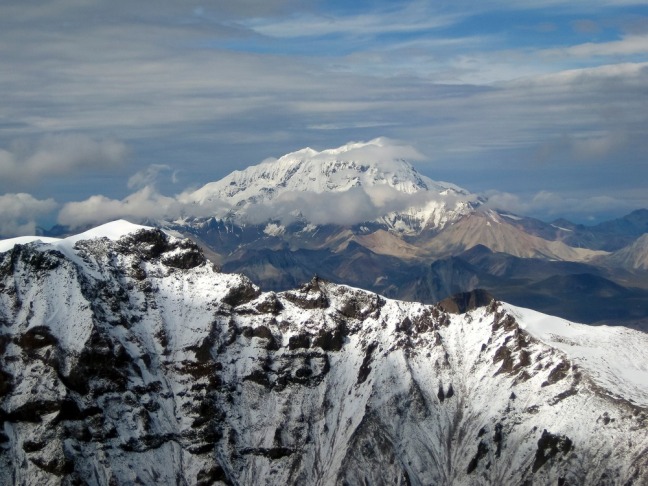

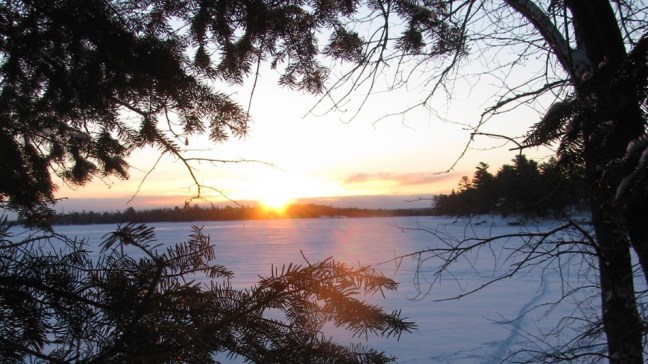
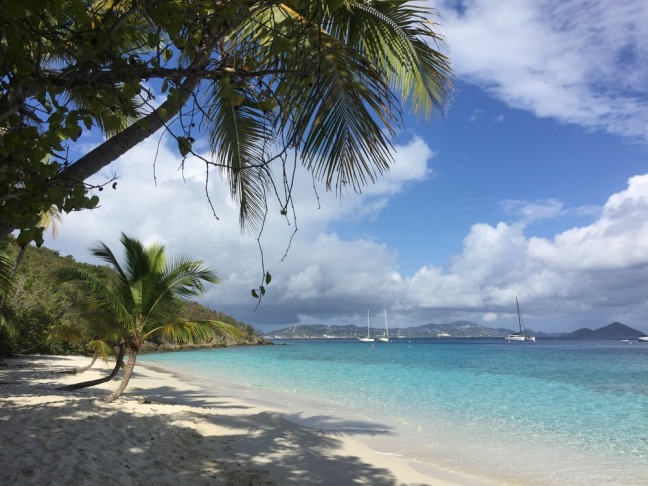
![2D5A6293-1DD8-B71B-0BF25C14A5AF4951HiResProxy[1]](https://jcarpsc5.wordpress.com/wp-content/uploads/2020/03/2d5a6293-1dd8-b71b-0bf25c14a5af4951hiresproxy1.jpg?w=648)
